Climate change is more than just a buzzword; it’s a real issue impacting our planet right now. You might have felt the heat waves, noticed the intense storms, or seen the news about melting ice caps. But have you ever thought about how it’s affecting the national parks you love? These natural wonders aren’t just scenic backdrops for your adventures; they’re dynamic ecosystems teetering on the edge because of changing temperatures, rising sea levels, and unpredictable weather patterns. Let’s take a closer look at 13 national parks that are most threatened by climate change.
1. Glacier National Park
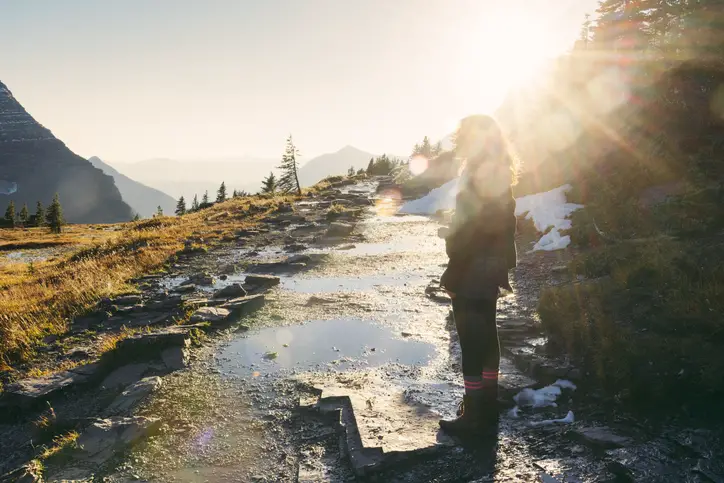
Glacier National Park in Montana is a breathtaking treasure trove of rugged mountains and pristine lakes. But the park’s namesake glaciers, which once numbered around 150, are rapidly melting away. Today, only about 25 glaciers remain, and they’re shrinking fast. According to Daniel Fagre, an ecologist with the U.S. Geological Survey, these glaciers could disappear entirely by 2030 if current trends continue. This loss isn’t just about the ice; it threatens the park’s entire ecosystem, including its unique plant and animal species.
The shrinking glaciers also impact the streams and rivers that depend on glacial meltwater to flow steadily throughout the year. This affects everything from fish populations to the availability of water for visitors and local communities. As water sources dwindle, so too do opportunities for recreational activities like kayaking and fishing. Furthermore, the park’s stunning vistas, which draw millions of tourists each year, are changing before our eyes. The loss of glaciers fundamentally alters the landscape, leaving behind barren rock and gravel.
2. Everglades National Park
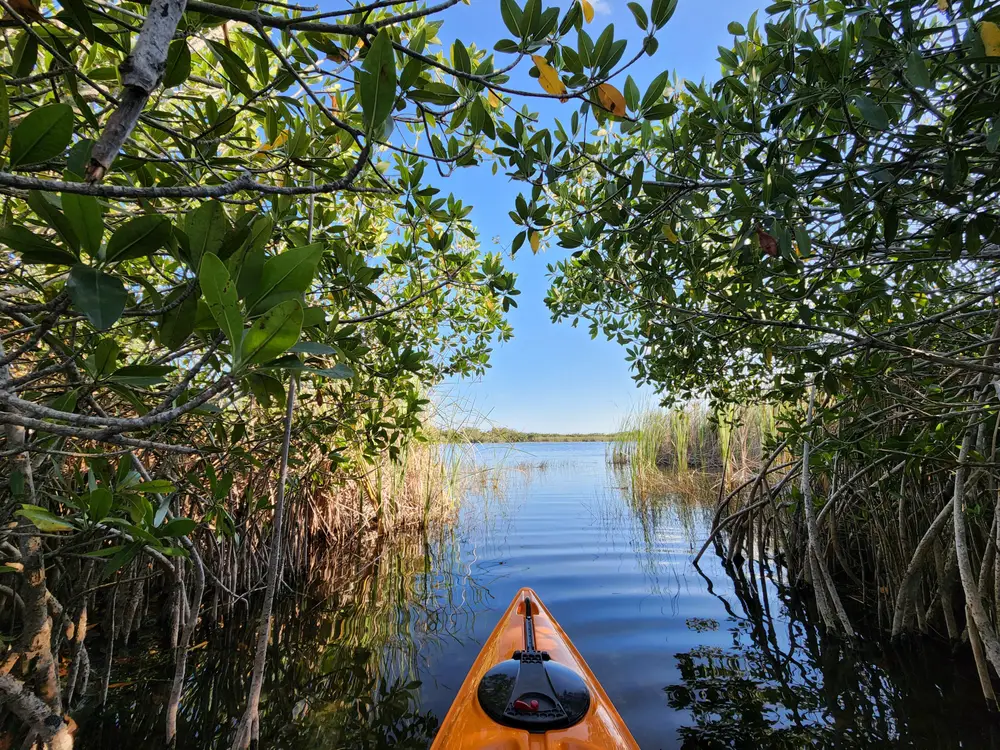
Everglades National Park in Florida is a vast, subtropical wilderness teeming with unique wildlife and lush plant life. Unfortunately, rising sea levels and saltwater intrusion threaten this delicate ecosystem. The park’s freshwater marshes are being encroached upon by saline water, which disrupts the habitat for many species. This intrusion also threatens the drinking water supply for millions of Floridians. As the climate crisis intensifies, the Everglades face an uncertain future.
Wetland habitats are crucial for absorbing excess carbon from the atmosphere, acting as natural carbon sinks. However, as these areas diminish, their ability to mitigate climate change decreases. In addition to environmental impacts, the economic consequences could be severe. The Everglades is a major tourism draw, and its decline would affect countless jobs and local economies. So, saving the Everglades isn’t just about preserving the past; it’s about securing a sustainable future.
3. Joshua Tree National Park
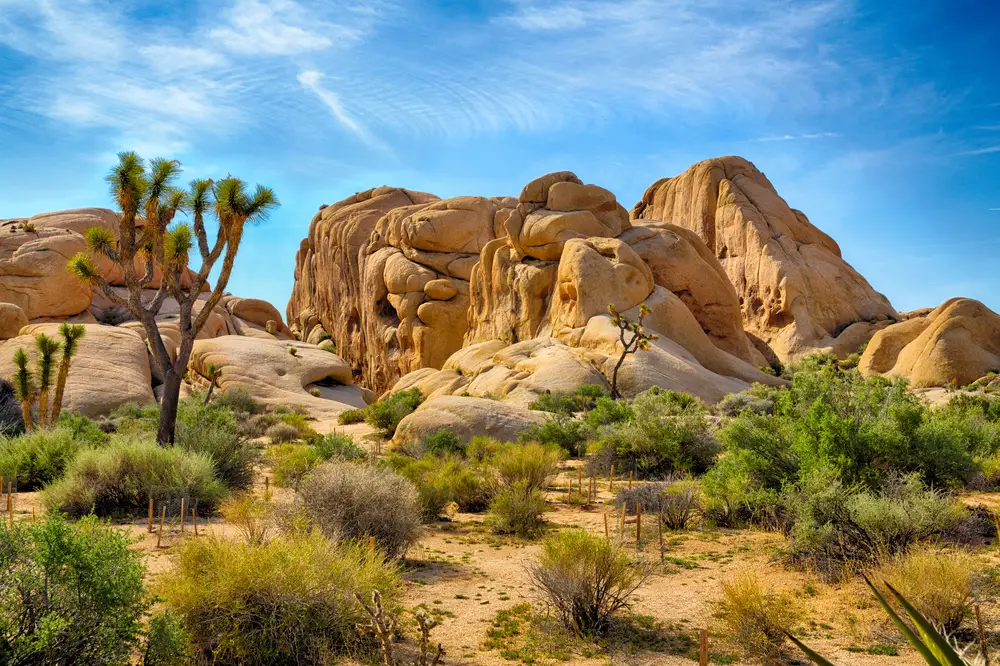
Joshua Tree National Park in California is known for its iconic Joshua trees and rugged desert landscape. But the rising temperatures and prolonged droughts are putting these unique trees at risk. According to research by Dr. Lynn Sweet from the University of California, Riverside, Joshua trees could lose 90% of their habitat by the end of the century due to climate change. As temperatures climb, these trees struggle to survive, threatening the entire desert ecosystem.
The park’s wildlife also suffers as temperatures soar and water becomes scarce. Animals that rely on cooler, moist environments may not survive as their habitats change. This chain reaction affects everything from plant pollination to predator-prey relationships. Visitors may start to notice fewer Joshua trees, less wildlife, and a starkly different landscape. The park’s allure, which lies in its otherworldly beauty, is at risk of fading away.
4. Great Smoky Mountains National Park

Great Smoky Mountains National Park offers diverse ecosystems and a rich array of plant and animal life. However, climate change is altering the seasonal patterns that these species depend on. Warmer temperatures are leading to earlier springs and disrupted seasonal cycles. This change affects everything from the timing of plant blooms to the migration patterns of birds and insects. As a result, the intricate balance of the park’s ecosystem is threatened.
One of the most noticeable impacts is on the park’s famous fall foliage. Warmer autumns may result in less vibrant colors and shorter viewing windows. This could impact tourism, which relies heavily on leaf-peeping visitors. Additionally, increased temperatures can lead to more aggressive insect outbreaks, damaging trees and plants. The park’s lush, green landscapes and vibrant biodiversity are at risk of being altered permanently.
5. Yellowstone National Park
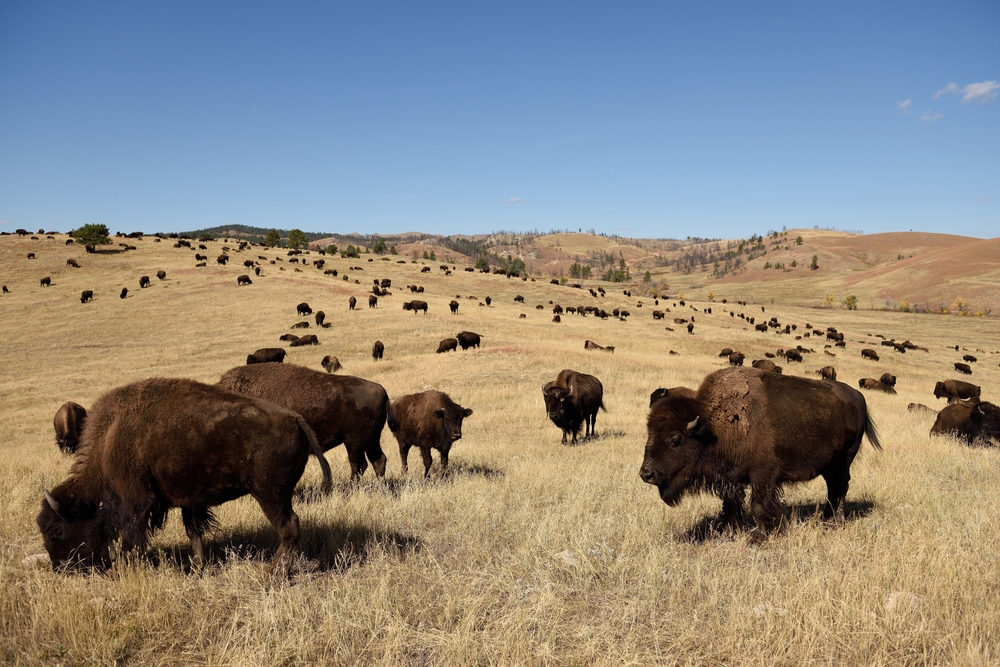
Yellowstone National Park is a geothermal wonderland with its geysers, hot springs, and unique wildlife. However, it’s not immune to the effects of climate change. According to a study by the Greater Yellowstone Climate Assessment, the region has already warmed by more than 2°F over the past century, leading to earlier snowmelt and altered water flow patterns. This warming trend threatens the park’s iconic features and delicate ecosystems.
With snow melting earlier in the year, streams and rivers experience lower water levels during the dry summer months. This affects fish populations, especially the native cutthroat trout, which require cold, flowing water to thrive. The warmer climate also poses a threat to the park’s forests, where wildfires could become more frequent and severe. The changing conditions threaten the park’s ability to support its diverse array of plant and animal species. As the climate continues to shift, Yellowstone’s landscapes face an uncertain future.
6. Denali National Park
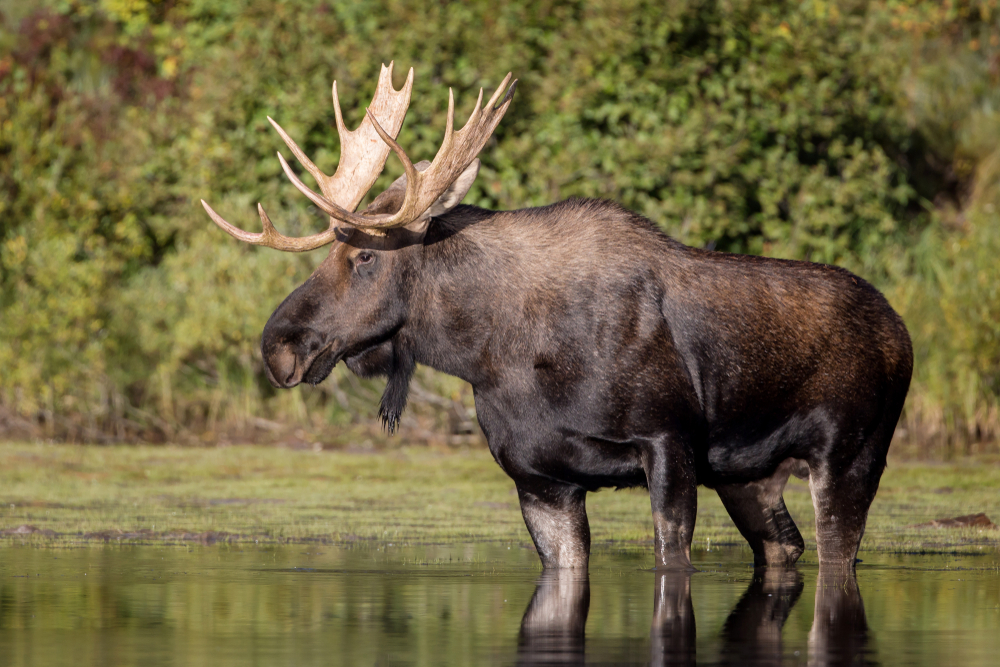
Denali National Park in Alaska is home to North America’s tallest peak and vast, untouched wilderness. But this pristine environment is under threat from rising temperatures and melting permafrost. Permafrost, the frozen ground that underlies much of the park, is beginning to thaw. This not only alters the landscape but also releases stored carbon into the atmosphere, exacerbating climate change. The melting ground can lead to erosion, landslides, and unstable terrain.
Wildlife in Denali also feels the heat as habitats change and food sources shift. Caribou, for example, depend on lichen that grows in the park’s tundra regions. As temperatures rise, the availability of these critical food sources may dwindle. Additionally, changing weather patterns can affect the park’s iconic wildlife migrations and breeding cycles. As the delicate balance of Denali’s ecosystem is disrupted, the park’s future becomes increasingly uncertain.
7. Acadia National Park
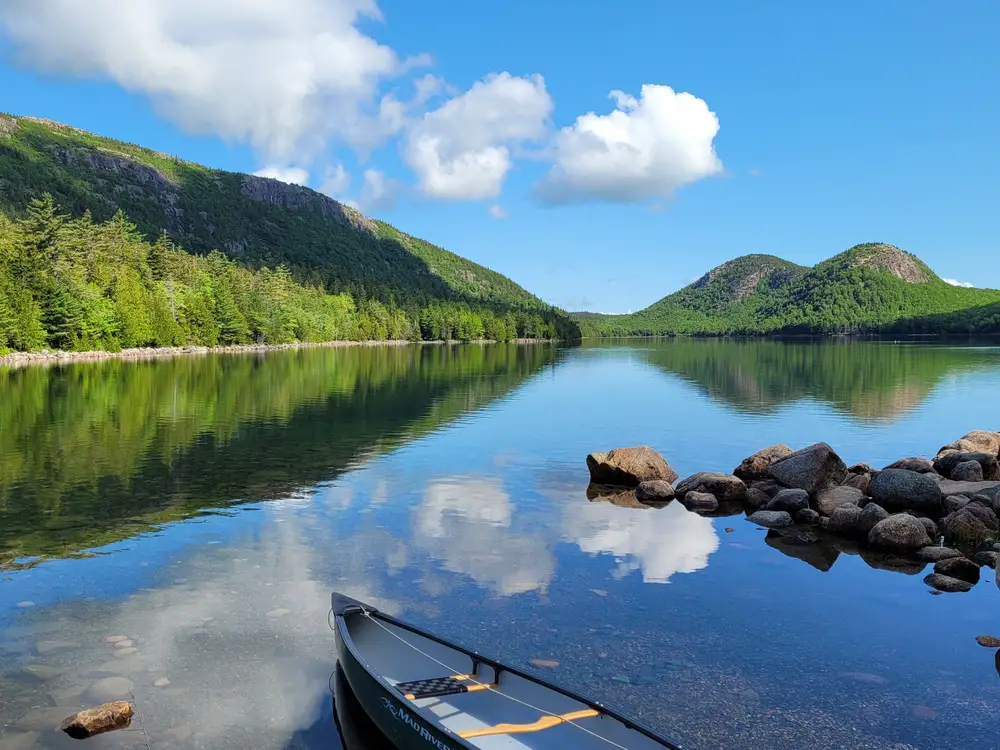
Acadia National Park, with its rugged coastline and breathtaking vistas, is a favorite destination for outdoor enthusiasts. However, the park faces significant threats from rising sea levels and stronger storms. According to a study by the National Park Service, Acadia has experienced a sea-level rise of about 8 inches over the last century, which could double by 2050. The park’s iconic coastal ecosystems are at risk of being submerged or eroded away.
As sea levels rise, saltwater intrusion threatens the park’s freshwater habitats, affecting fish and other aquatic life. The increasing frequency and intensity of storms pose additional risks, leading to more frequent flooding and damage to park infrastructure. This not only impacts the natural landscape but also limits visitor access and enjoyment. Protecting Acadia requires urgent action to mitigate these climate-related threats and preserve its natural beauty for future generations.
8. Olympic National Park
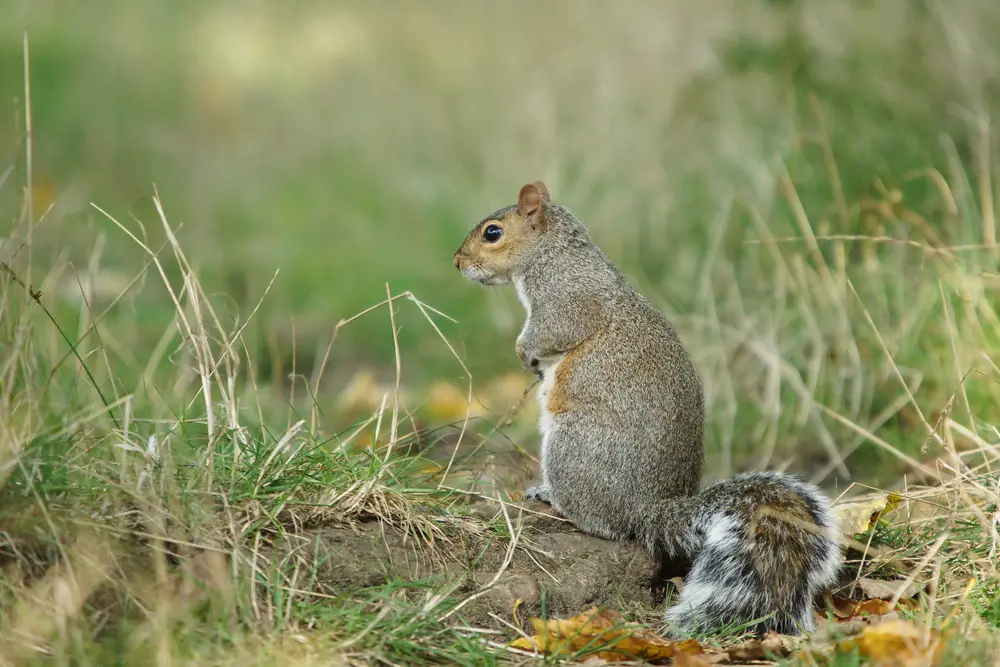
Olympic National Park in Washington is a land of diverse ecosystems, from lush rainforests to rugged coastlines. However, climate change is reshaping this varied landscape in troubling ways. Rising temperatures and reduced snowpack threaten the park’s vital water sources. The glaciers that feed the park’s rivers and streams are shrinking, impacting the availability of water for wildlife and humans alike. These changes affect everything from river flow patterns to the health of fish populations.
The park’s rainforests, renowned for their biodiversity, are also feeling the heat. Warmer, drier conditions increase the risk of forest fires, which can devastate these lush ecosystems. Additionally, changing precipitation patterns could lead to more frequent and severe flooding events. These shifts put the park’s unique plant and animal species at risk, as well as the visitor experiences that depend on them. Without intervention, Olympic National Park’s lush, vibrant landscapes may become a shadow of their former selves.
9. Grand Canyon National Park

The Grand Canyon, with its awe-inspiring vistas and geological wonders, is a symbol of natural beauty. But climate change poses a threat to this iconic landscape. Rising temperatures and prolonged droughts affect the Colorado River, the lifeline of the canyon. Reduced water flow impacts not only the ecosystem but also the millions of people who rely on the river for water. The canyon’s delicate balance is at risk as the river’s dynamics change.
The park’s unique plant and animal species are also vulnerable to shifting climate conditions. As habitats change, some species may struggle to survive, leading to a loss of biodiversity. Additionally, extreme weather events, such as intense storms and heat waves, can cause further damage. These changes impact everything from the visitor experience to the park’s long-term sustainability. Protecting the Grand Canyon requires addressing these climate-related challenges head-on.
10. Shenandoah National Park

Shenandoah National Park in Virginia offers stunning mountain views and diverse wildlife. However, climate change is altering the park’s natural rhythms and ecosystems. Warmer temperatures and changing precipitation patterns affect everything from plant growth to animal behavior. This can lead to mismatches in food availability and timing, threatening the survival of some species. As these changes unfold, the park’s biodiversity faces significant challenges.
One of the most noticeable impacts is on the park’s seasonal beauty, including its famous fall foliage. Warmer autumns may result in less vibrant colors and shorter viewing periods. This not only affects tourism but also disrupts the park’s ecosystem, which relies on seasonal cues. Additionally, increased temperatures can lead to more aggressive insect outbreaks, damaging trees and plants. Without intervention, Shenandoah’s rich biodiversity and scenic beauty may be in jeopardy.
11. Big Bend National Park

Big Bend National Park in Texas is a desert oasis with dramatic landscapes and unique wildlife. However, it’s feeling the heat from rising temperatures and prolonged droughts. The park’s desert ecosystems, already adapted to harsh conditions, face increased stress from a changing climate. Water sources, critical for both wildlife and plants, are becoming scarcer. This impacts everything from the park’s diverse bird populations to its iconic cacti and wildflowers.
Wildfires, fueled by hotter and drier conditions, pose a growing threat to the park’s landscapes. These fires can devastate plant communities and alter habitats for years to come. Additionally, changing climate conditions affect the timing and availability of food sources for wildlife. As habitats shift and resources dwindle, the park’s biodiversity faces uncertain futures. Protecting Big Bend requires addressing these climate-related challenges to preserve its unique desert beauty.
12. Rocky Mountain National Park
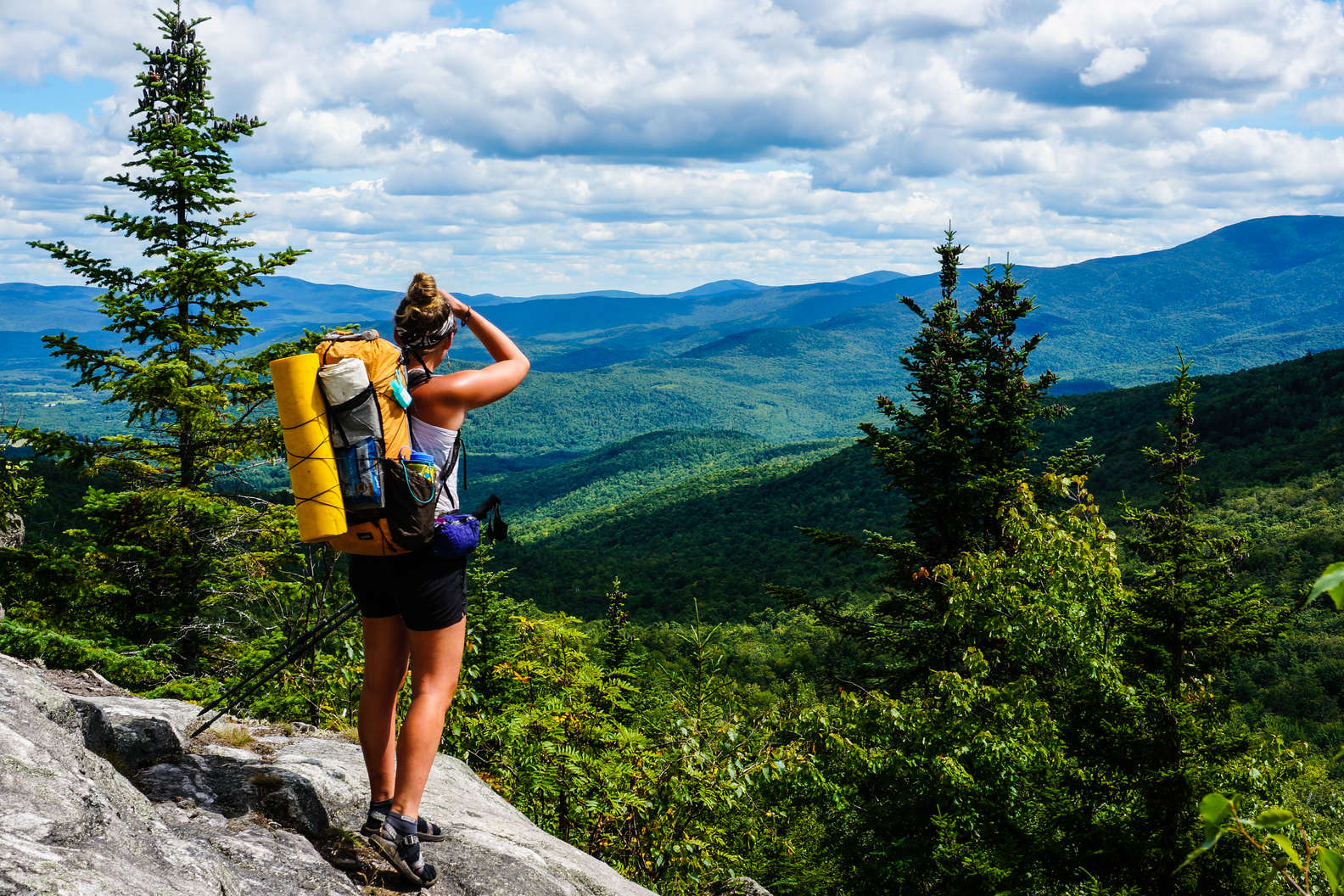
Rocky Mountain National Park in Colorado is a haven for alpine ecosystems and stunning mountain vistas. However, the park is grappling with the impacts of climate change, including rising temperatures and changing precipitation patterns. These changes affect everything from snowpack levels to the timing of spring blooms. As a result, the park’s delicate alpine ecosystems are under threat. The loss of snowpack impacts water availability and the health of plant and animal species.
Warmer temperatures also increase the risk of wildfires, which can devastate the park’s forests. These fires not only alter the landscape but also pose risks to visitor safety and park infrastructure. Additionally, changing climate conditions affect the park’s wildlife, from altered migration patterns to changes in food availability. The park’s stunning landscapes and rich biodiversity face significant challenges as climate change continues to unfold. Addressing these threats is crucial to preserving Rocky Mountain’s natural beauty and ecological integrity.
13. Biscayne National Park
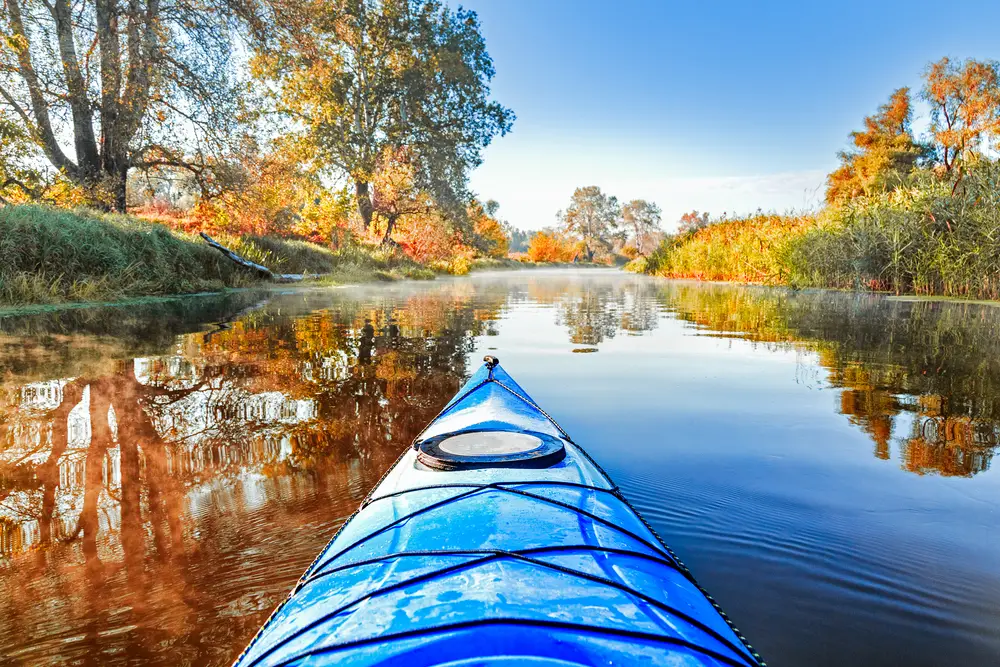
Biscayne National Park in Florida is a marine wonderland, featuring coral reefs, mangroves, and seagrass beds. Unfortunately, it’s at the forefront of climate change impacts, particularly from rising sea levels and ocean acidification. The park’s coral reefs, which support diverse marine life, are bleaching and dying as ocean temperatures rise. This threatens the entire marine ecosystem, from fish populations to seabirds that rely on the reefs for food.
Sea-level rise also poses a significant threat to the park’s mangrove forests and coastal habitats. As saltwater encroaches further inland, these vital ecosystems face degradation and loss. This not only impacts wildlife but also affects the park’s ability to protect coastal communities from storm surges and erosion. Without action, Biscayne’s vibrant marine ecosystems and the services they provide may be lost. Preserving the park requires urgent measures to address climate-related challenges and protect its unique biodiversity.
